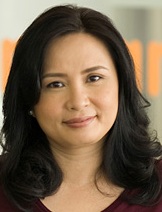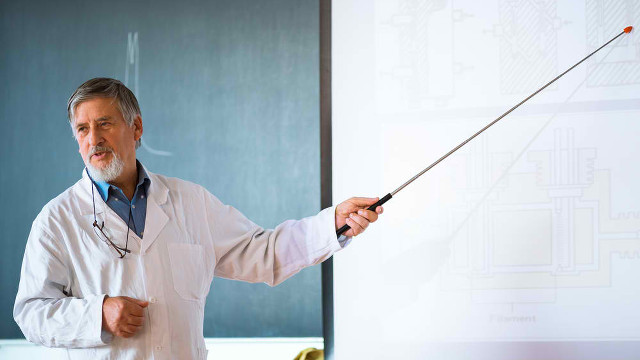SUMMARY
This is AI generated summarization, which may have errors. For context, always refer to the full article.
 If you were a spectator in the science lectures most of us had in school, chances are you suck at science.
If you were a spectator in the science lectures most of us had in school, chances are you suck at science.
Lectures have been the main strategy for teaching science for a very long time so much so that research on it produced more than 700 papers on the said topic looking at what effect it had on learning.
Researchers tracked down these papers to analyze what effect lectures had on student learning compared to another method. The verdict was something that most of us who grew up in predominantly “lecture” settings in schools would have largely suspected: lectures mainly did not work.
The commentary, “Large-scale comparison of science teaching methods sends clear message,” published in the Early Edition of the Proceedings of the National Academy in the US (PNAS), was written by Carl E. Wieman of the Department of Physics and Graduate School of Education, Stanford University.
The large-scale research looked at the learning results coming out of lecture methods and “active learning methods.”
Traditional lectures are those long teacher monologues where the students are expected to either purely listen or copy what the teacher has written on the board, whether by hand or, nowadays, by taking a picture of the board itself.
At the end of the lectures or maybe midway, the teacher would utter the token “are there any questions?”, where he or she would find most of the class bowing and avoiding his or her gaze.
In the active learning method, the focus is to give the students access to connecting with the topic at hand.
This includes eliciting questions, encouraging lively conversations and problem-solving activities between pairs of students or groups. Questions designed by the teacher guide these activities and throughout the activities, the teacher gives the students feedback.
It is like creating the path as they themselves walk the journey to learn and not what the teacher has solely paved and defined for them.
“Active” is not really a word I would use to describe this method since I think learning is always active, otherwise it is not learning at all. Perhaps “dynamic” would be a better term to describe it.
Dramatic difference
The paper in PNAS revealed a very dramatic difference in average failure rate between traditional lectures and active methods – 34% and 22%, respectively.
Score tests also increased half as much in favor of active learning method. The study looked at all the science-related courses (science, technology, engineering and math) from introductory to advanced courses, including the ones for majors and non-majors.
While this study was made in the US and for college learning, the article said that results may not be the same for K-12 education since the class sizes are different and the mastery of science by the teachers on this level is not the same as the teachers who were at least science majors in the college level.

I have yet to find a research on Philippine science teaching dealing in a comparable scale. Knowing how low we rank in science education worldwide, the spectacular failure of “lectures” to make us learn science may not really be a surprise factor contributing to our sad state of science education.
Boredom, frustration
I have yet to come across a study as large scale as this one on K12 learners in science. For now, let us remember the science lecturers extraordinaire who mistook our brains for the screaming and crying teenage fans of One Direction.
When I do that, I just remember the exasperating feeling of boredom and frustration and not even what the topics of the lectures were. I just wanted to be somewhere else, even at home doing chores. Those teachers thought that just because they were lecturing, we, her captive students, were automatically learning.
I thought that this study would prompt our science educators to think about how they would use those irreplaceable teaching hours.
Maybe that would spell the difference in many learning realizations about science. Even if we do not end up as professional scientists, we would be less indifferent to science after our lives in school.
My late husband who was a physicist had a professor who loved to lecture and write on the board so much so that he (the teacher) did not bother to check if he still had students in the classroom.
One time, my husband was passing by a classroom and he saw his professor on the board but with no students. My husband just could not bear it and decided to walk in and sit just so his professor would not be humiliated if he found out he did not have any students.
Guess what? When the professor finally faced the class, he was not even fazed that he just had one student. And my husband was not even his student at that time anymore but his co-faculty. – Rappler.com
Maria Isabel Garcia is a science writer. She has written two books, Science Solitaire and Twenty One Grams of Spirit and Seven Ounces of Desire. Her column appears every Friday and you can reach her at sciencesolitaire@gmail.com.
Add a comment
How does this make you feel?
There are no comments yet. Add your comment to start the conversation.